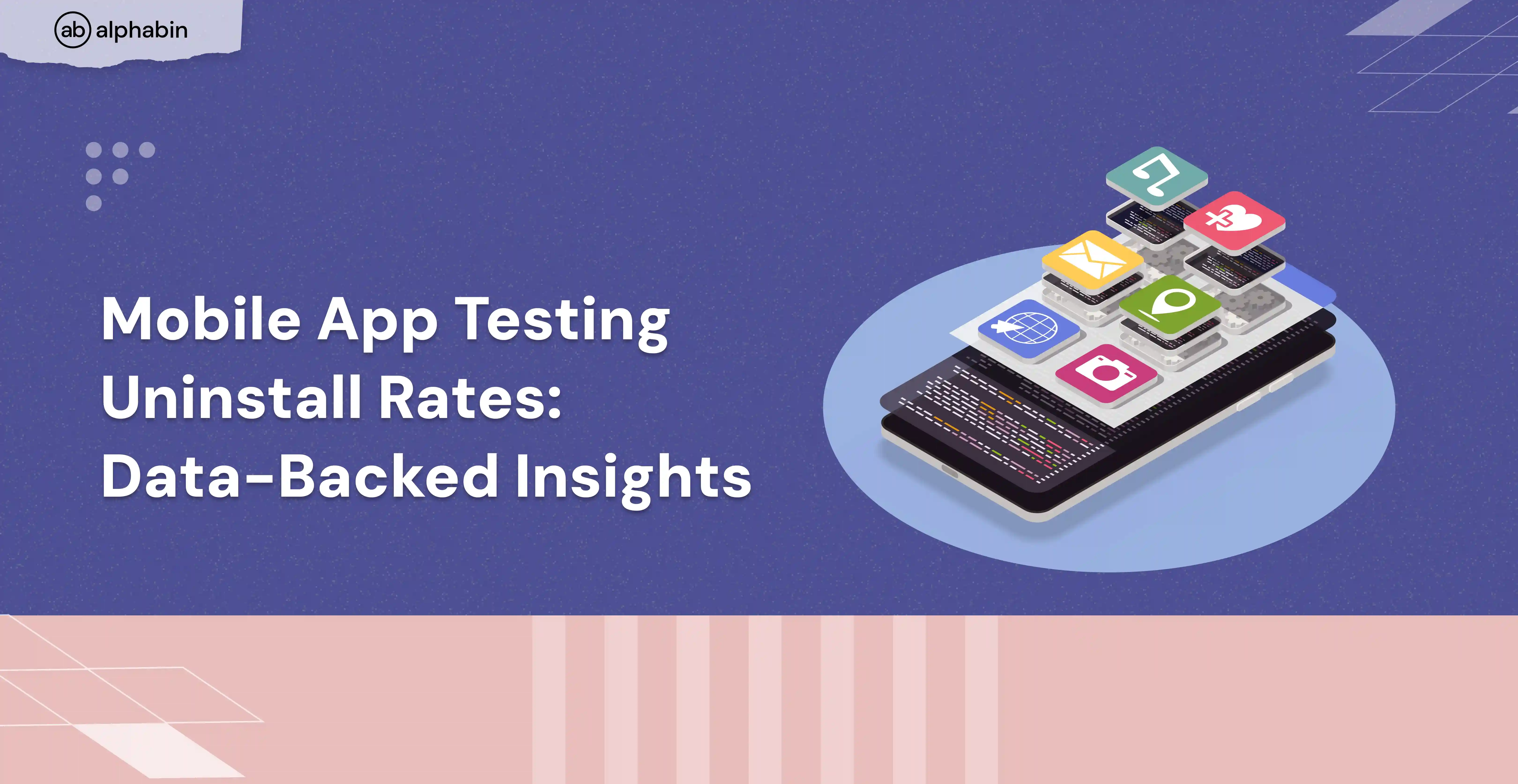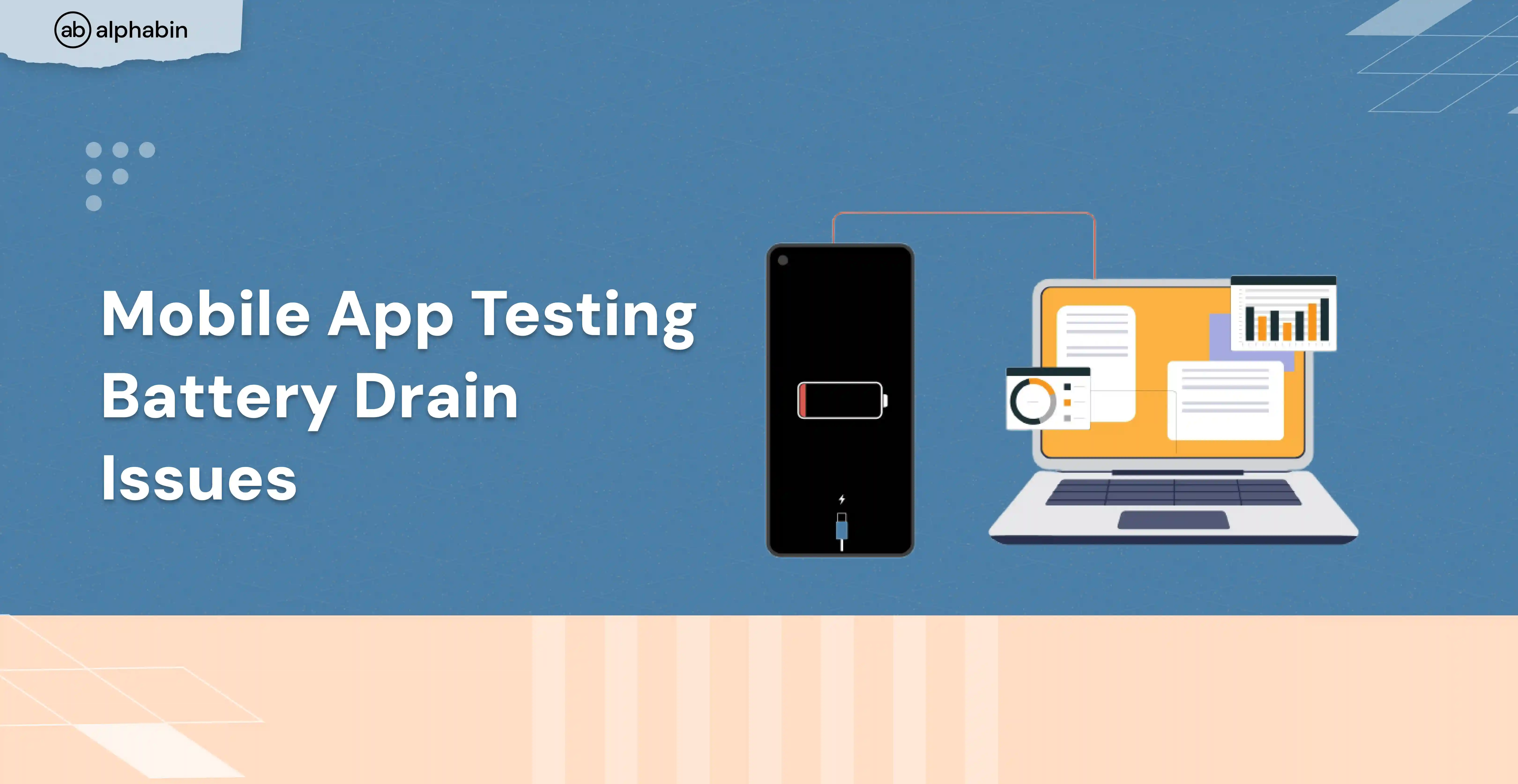Imagine your enterprise app testing runs smoothly under normal traffic, but during a flash sale, it crashes under the sudden surge of users. The root cause? The cloud application testing failed to uncover critical scalability gaps.
This is happening more and more in 2025 as companies are moving to the cloud, but are underestimating the complexity of testing at scale.
With cloud adoption accelerating, traditional testing can’t keep up with modern app demands.
Cloud application testing is essential for performance, security, and reliability in distributed environments. It gives you scalability, flexibility, and efficiency that on-premises testing can’t match.
At Alphabin, we help teams speed up QA with automation-driven testing, covering performance, API, mobile, security, and AI-powered tests, optimized for the cloud.
Understanding Cloud Application Testing
Cloud application testing approach transforms how QA teams validate applications by providing unlimited testing environments and resources on demand.
Understanding Cloud Application Testing is also essential as part of any SaaS QA guide for modern teams.
{{cta-image-third}}
What is cloud application testing?
Cloud application testing refers to a form of software testing whereby cloud resources and platforms are used to test software applications.
This allows the organizations to test applications on different devices, operating systems, and network environments by creating real-world user scenarios to verify their function, performance, security, and capacity without a great upfront investment in on-premise equipment.
Testing in the cloud and leveraging a cloud computing environment provide advantages such as scalability, flexibility, and cost-efficiency, enabling teams to simulate diverse user conditions and collaborate more effectively.
The key difference is in the access to resources and scalability. Traditional testing requires purchasing hardware and planning for capacity upfront, while cloud testing provides access to virtually limitless resources instantly.
Why does cloud testing matter for QA?
Cloud application testing matters for QA as it delivers cost efficiency, faster release cycles, and on-demand scalability without the burden of managing physical infrastructure.
It enables consistent testing across diverse environments, supports seamless collaboration for distributed teams, and integrates smoothly with CI/CD pipelines to provide quicker feedback.
Cloud computing services facilitate these processes by providing flexible, scalable, and cost-effective virtual environments for testing applications without the need for physical hardware.
By offering remote accessibility and reliable test environments, cloud testing ensures higher software quality and accelerates overall delivery.
{{blog-cta-1}}
Key Types & Strategies of Cloud Testing
Understanding different cloud testing approaches helps teams select appropriate strategies for their specific requirements.
Each type serves distinct purposes in comprehensive quality assurance workflows.
Testing applications in cloud environments presents unique challenges, such as managing dynamic infrastructure and ensuring security, which require following best practices to verify functionality and performance.
Cloud testing types explained
- Functional Testing – Ensures the application’s features and functions work as intended, including integration and acceptance checks within cloud environments.
- Performance Testing – Assesses how the application performs under diverse circumstances; load, stress, and application performance testing as a means to test scalability.
- Security Testing – Detects and fixes vulnerabilities through methods like penetration testing and vulnerability assessments to protect data and resources.
- Compatibility Testing – Verifies application behavior across multiple operating systems, browsers, and devices using cloud-based virtual environments.
Essential QA strategies for cloud testing
Quality assurance (QA) teams will need to embrace practices that are cloud native to improve feedback, reliability, and scale responsiveness for testing cloud applications:
- Define Clear Goals – Defining goals for testing functionality, performance, security, or compatibility will help with operationalizing tool selection.
- Leverage Automation – Regression, load, and performance testing for dynamic environments will help speed feedback from automated cloud testing.
- Integrate with CI/CD – Include continuous testing in the pipeline to find defects faster and release faster.
- Prioritize Security & Compliance – Involve regular vulnerability scanning and penetration testing processes, including meeting GDPR, HIPAA, or other compliance needs.
- Test Real-World Scenarios – Test for workload and device variations, network types, traffic peaks, outages, etc., to test reliability and app scalability QA under realistic conditions.
- Monitor Resource Usage – Monitor your performance, failures, and costs, with resource consumption and analytics tools available through cloud computing.
- Implement Fault Tolerance Testing – Use chaos engineering, or fault injection, to test regions of the cloud for fault tolerance or defects.
{{cta-image-second}}
Choosing Tools and Best Practices
Feature Comparison Table
Selecting appropriate cloud testing tools significantly impacts testing effectiveness and team productivity.
The tool selection process should align with team expertise, budget constraints, and specific testing requirements.
Cloud application testing best practices emphasize automation, scalability, and comprehensive coverage. These cloud testing best practices ensure reliability across environments, and cloud testing eliminates the need for on-premises infrastructure.
Top cloud application testing tools overview
1. Playwright
Description: Open-source next-gen automation framework by Microsoft for web testing. Test across Chromium, Firefox, and WebKit browsers with a single API.
Key Features: Auto-waiting, debugging tools, cloud parallel testing, and modern web app support.
2. Cypress
Description: A developer-centric, open-source JavaScript framework for modern web applications that runs tests directly inside the browser. This architecture enables faster and more reliable testing for front-end applications.
Key Features: Real-time reloading, automatic waiting, built-in APIs, detailed reporting, and the Cypress Cloud dashboard.
3. Selenium
Description: A long-standing, open-source framework for automating web browsers. It supports multiple programming languages like Java, Python, and C#.
Key Features: Strong cross-browser compatibility, parallel execution with Selenium Grid, and large community support.
4. Appium
Description: An open-source framework for automating native, hybrid, and mobile web applications on iOS and Android. It uses the WebDriver protocol to run tests across platforms with the same codebase.
Key Features: Cross-platform testing, real device cloud support, single codebase for multiple platforms.
5. Puppeteer
Description: Puppeteer is a Node.js library developed by Google that provides a high-level API to control web browsers, primarily Chrome and Firefox. It automates most tasks that can be performed manually in a browser through scripts.
Key Features: Headless and headful browser automation, screenshot and PDF generation, DOM inspection, network interception, and performance testing workflows.
6. TestNG & JUnit
Description: JUnit and TestNG are both open-source Java testing frameworks used for creating automated tests. JUnit is used mainly for unit testing, and TestNG offers more features for end-to-end and integration testing.
Key Features: Parallel execution, data-driven testing, XML-based configuration, annotations, assertions, customizable reports, and CI/CD integration.
{{cta-image}}
Tips for effective cloud QA implementation
To implement effective Quality Assurance (QA) in the cloud, teams must move beyond traditional testing by adopting new methodologies that address the dynamic nature, security concerns, and rapid pace of cloud-based development.
Cloud application testing approaches further support comprehensive QA by covering both functional and non-functional requirements in diverse testing scenarios.
Conclusion
Cloud application testing is no longer optional; it’s a critical pillar of modern software delivery. Organizations that adopt the right strategies gain faster release cycles, higher-quality applications, and seamless user experiences at scale.
Success depends on choosing the right mix of tools, practices, and expertise to match evolving cloud challenges.
At Alphabin, we specialize in delivering end-to-end cloud testing services that help teams achieve this balance.
From performance and security to API, mobile, and AI-driven automation, our solutions are designed to cover 80% of testing needs within months.
By partnering with Alphabin, you gain a scalable, automation-first approach that reduces defects, optimizes costs, and accelerates time-to-market, ensuring your applications stay resilient, secure, and future-ready.
FAQs
1. What is the difference between cloud testing and traditional testing?
Cloud testing uses remote infrastructure and unlimited scalability; traditional testing uses local hardware with fixed capacity constraints.
2. How much does cloud application testing cost?
Costs vary significantly based on usage patterns, tool selection, and resource requirements. Most platforms offer pay-as-you-use pricing models that can be more cost-effective than maintaining dedicated testing infrastructure.
3. What skills do QA teams need for cloud testing?
Teams should develop expertise in cloud platforms, automation tools, performance testing methodologies, and continuous integration practices to maximize cloud testing effectiveness.
4. How can Alphabin help with cloud testing?
Alphabin provides end-to-end cloud testing services, performance, security, and automation, so your applications are reliable, cost-effective, and scalable.



.svg)












